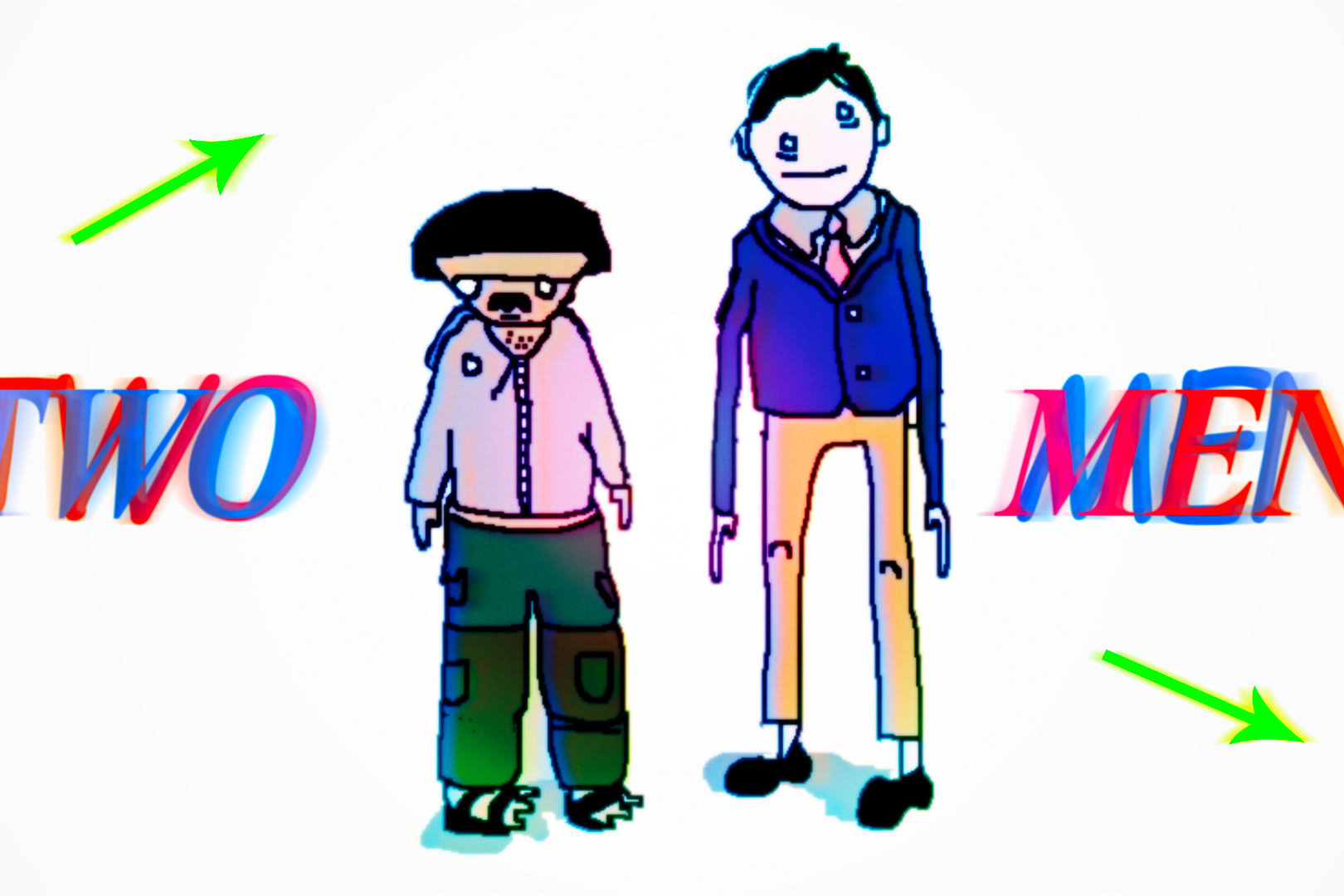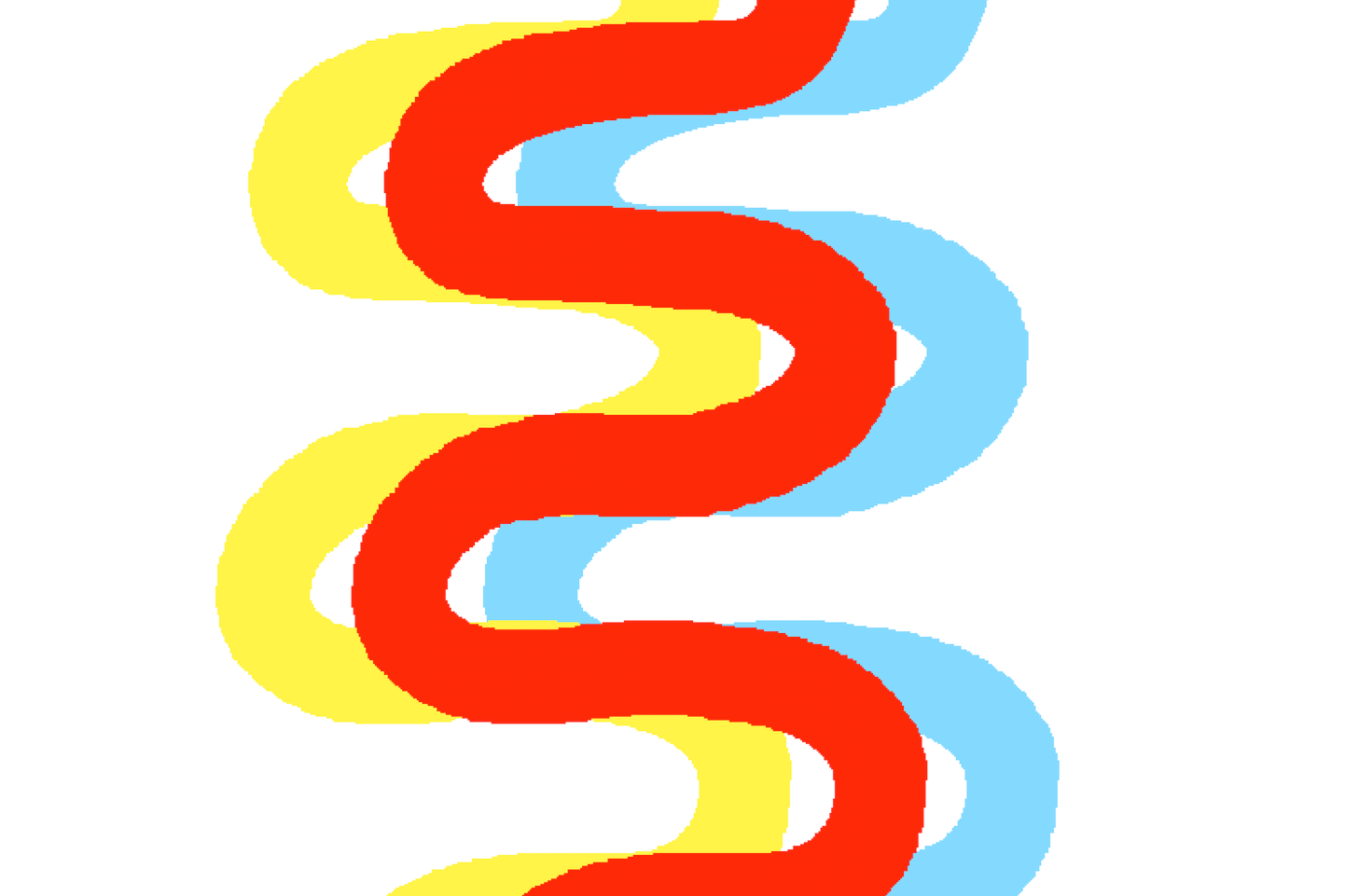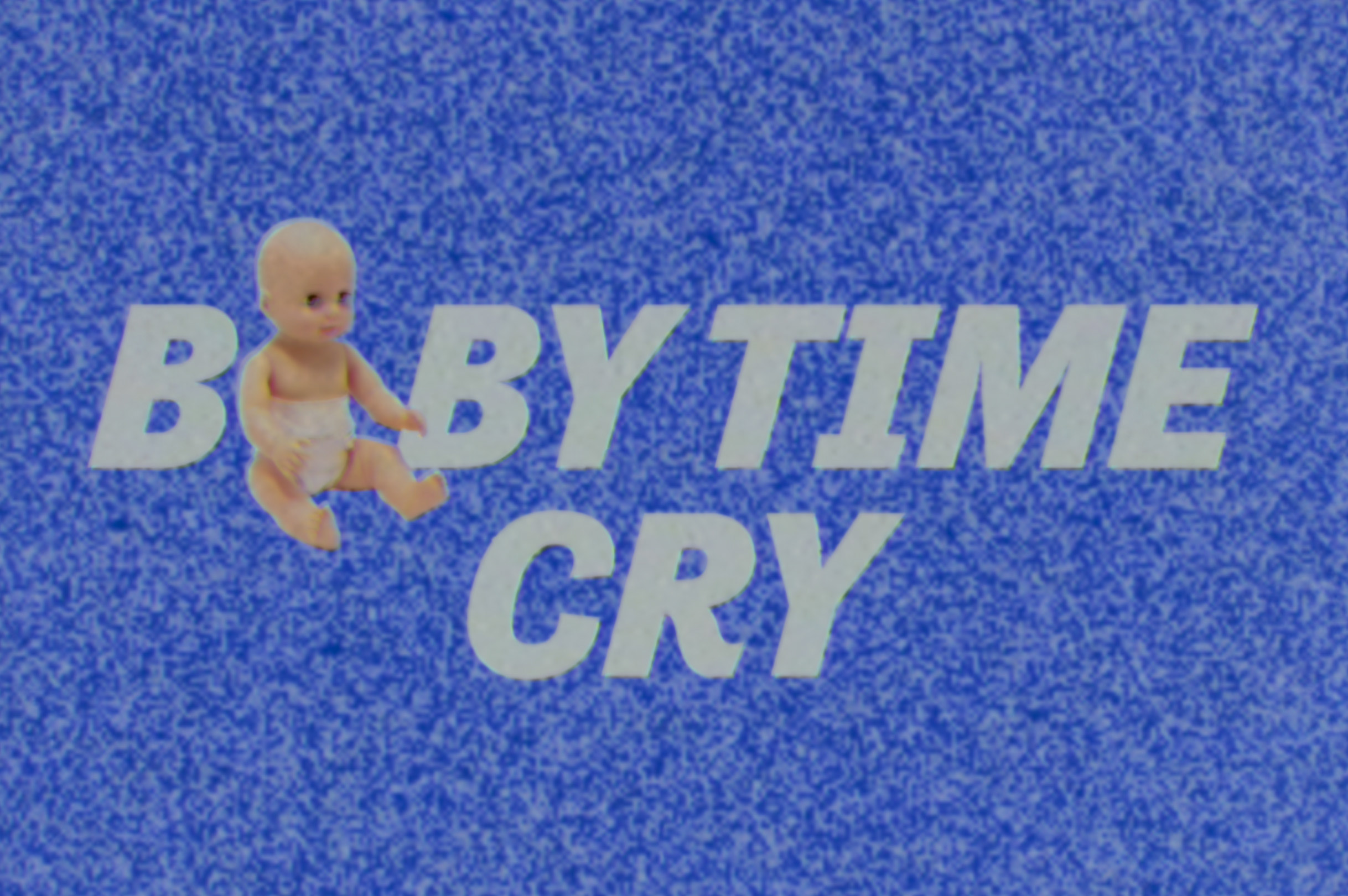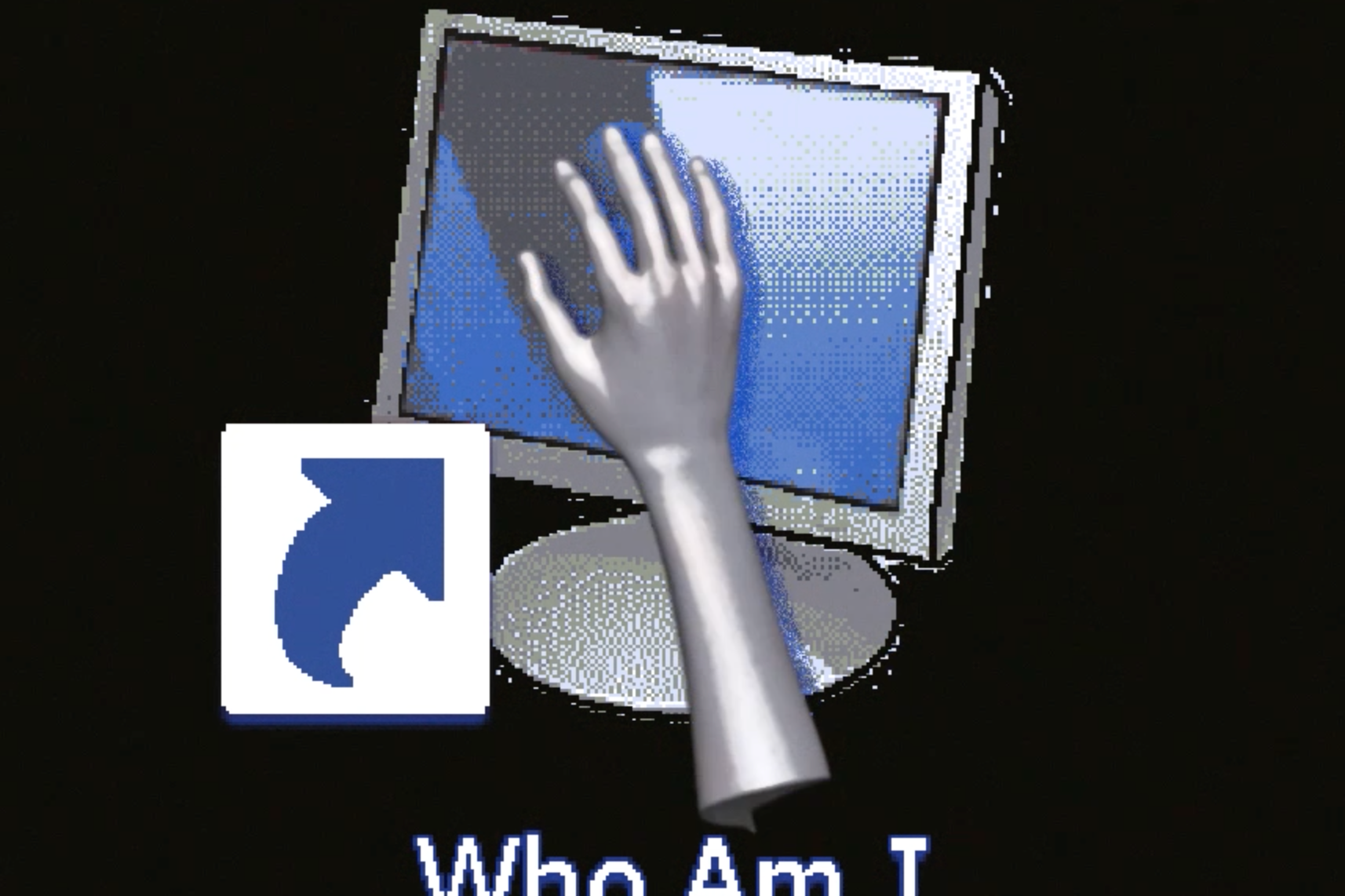I directed this series of videos on health in collaboration with the Stanford School of Medicine's Educational Technology department and Dr Maya Adam. Introduction to Food & Health is an online class that advocates a return to home cooking and the concept of "food" - as opposed to "nutrition" - to treat the worldwide epidemic of obesity. Consisting of 22 videos and interactive assessment questions, the course was designed to be taught to multiple audiences: doctors seeking continuing medical education (CME) credits, medical students, massive open online-learning (MOOC) users, and YouTube users. We wrote and filmed slightly different versions of nearly every video to speak to every audience specifically without having to produce three times as many videos.
We filmed the course with the assistance of Tamsin Orion and Tim Dang. Lauren Watley, Andrew Baek, and Huy Tran were animated several of the videos. This type of project was extremely new to Stanford School of Medicine, so our resource constraints forced us to adopt certain creative directions. We weren't able to photograph or film every single shot that we needed, so I developed a graphic design aesthetic to embrace, rather than hide, our necessary use of stock imagery.
We were greatly helped by Michael Pollan, who kindly sat for an interview with us at his Berkeley home, and the leadership at the Stanford School of Medicine, who believed in us enough to give us the time (1000s of hours) and resources to do this.
Still from "Nutrients" video.
The color palette for the course is an extension of the School of Medicine palette. I selected vibrant cousins of the existing brand guidelines to liven up the video.
Data visualization played a huge part in the animations we produced for the series. We had a dedicated data researcher helping us find references for over a dozen graphs. It was extremely important that our data be displayed clearly and efficiently, as video only stays on a single image for so long. We used motion graphics and a Spartan visual design to draw the viewer's eye to the right place in every chart.
An animated map of global obesity from the trailer.
Softer concepts, like the basics of macronutrients, plant and animal proteins, and dietary fat recommendations were more accomodating to a fun, refined use of existing photography and artwork.
Carnard Digerateur animation by Huy Tran
The identity design of the course began with considerations for what the video thumbnails would look like. The legibility and vibrancy necessities of the thumbnail images guided the entire visual style. The white on gray look was designed to allow the images to pop. The typeface selection, Lust, is a contemporary update to the Didone genre of typefaces that were popular when nutrition science became popular.
The banner image for the series.
Sample title cards for the videos. Molecule design by Huy Tran.
My background at Grokker meant that photographing and filming food for the course was a huge opportunity to make something beautiful.
Halibut and a caption graphic.
Michael Pollan and his lower third graphic.
A still of Maya from the "Navigating the Supermarket" video.
A still from "The Case for Cooking."









